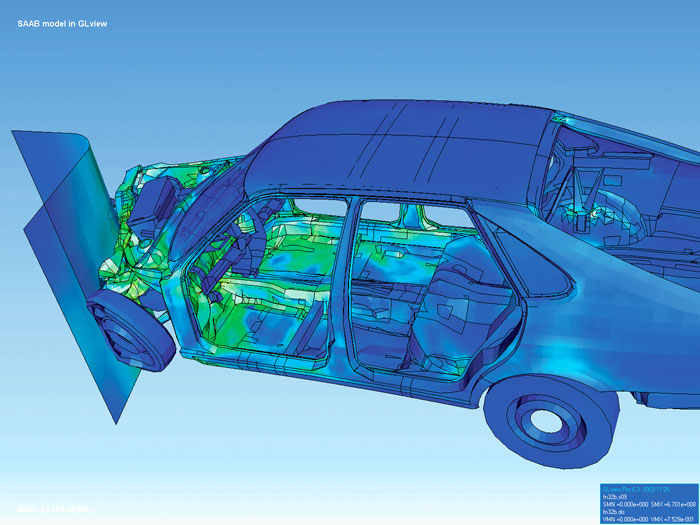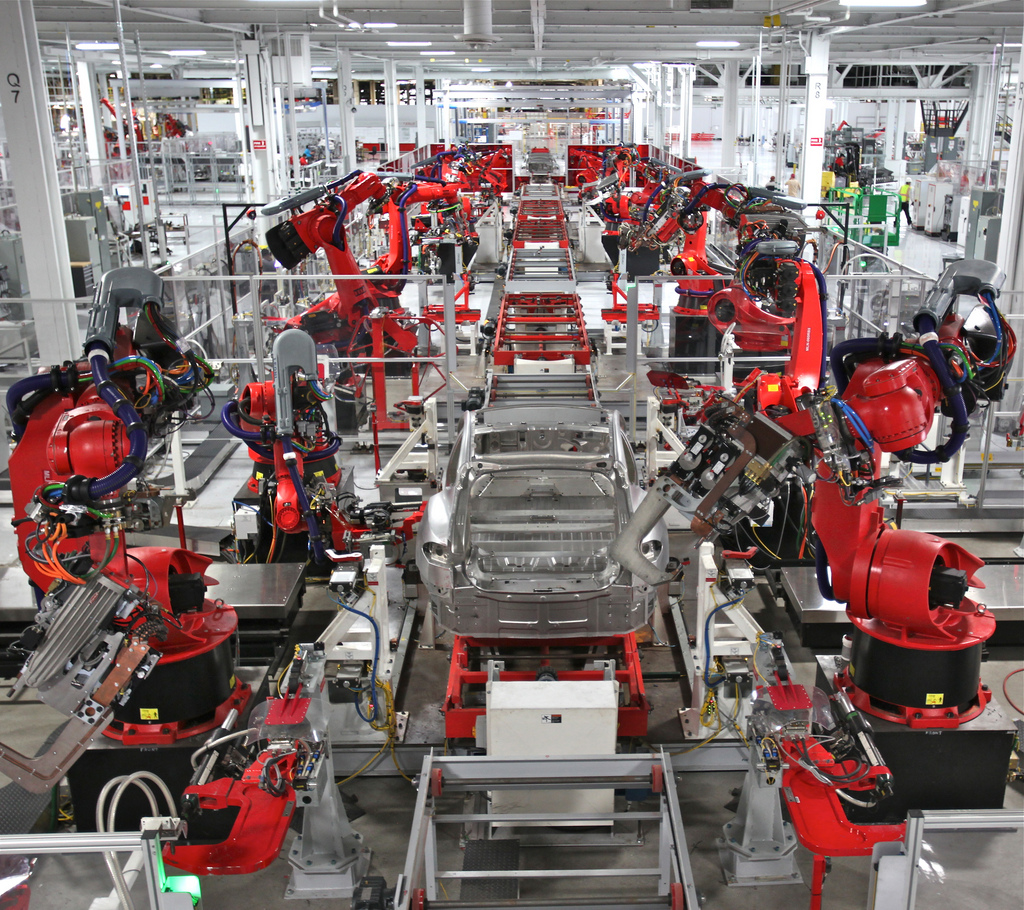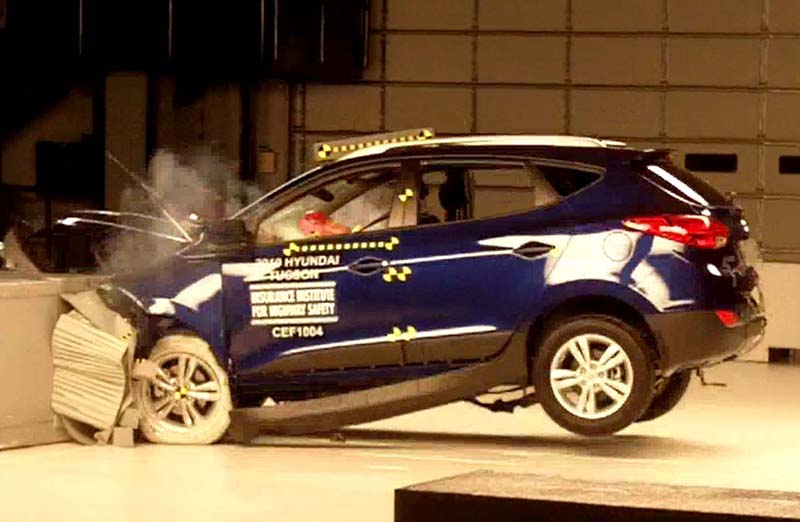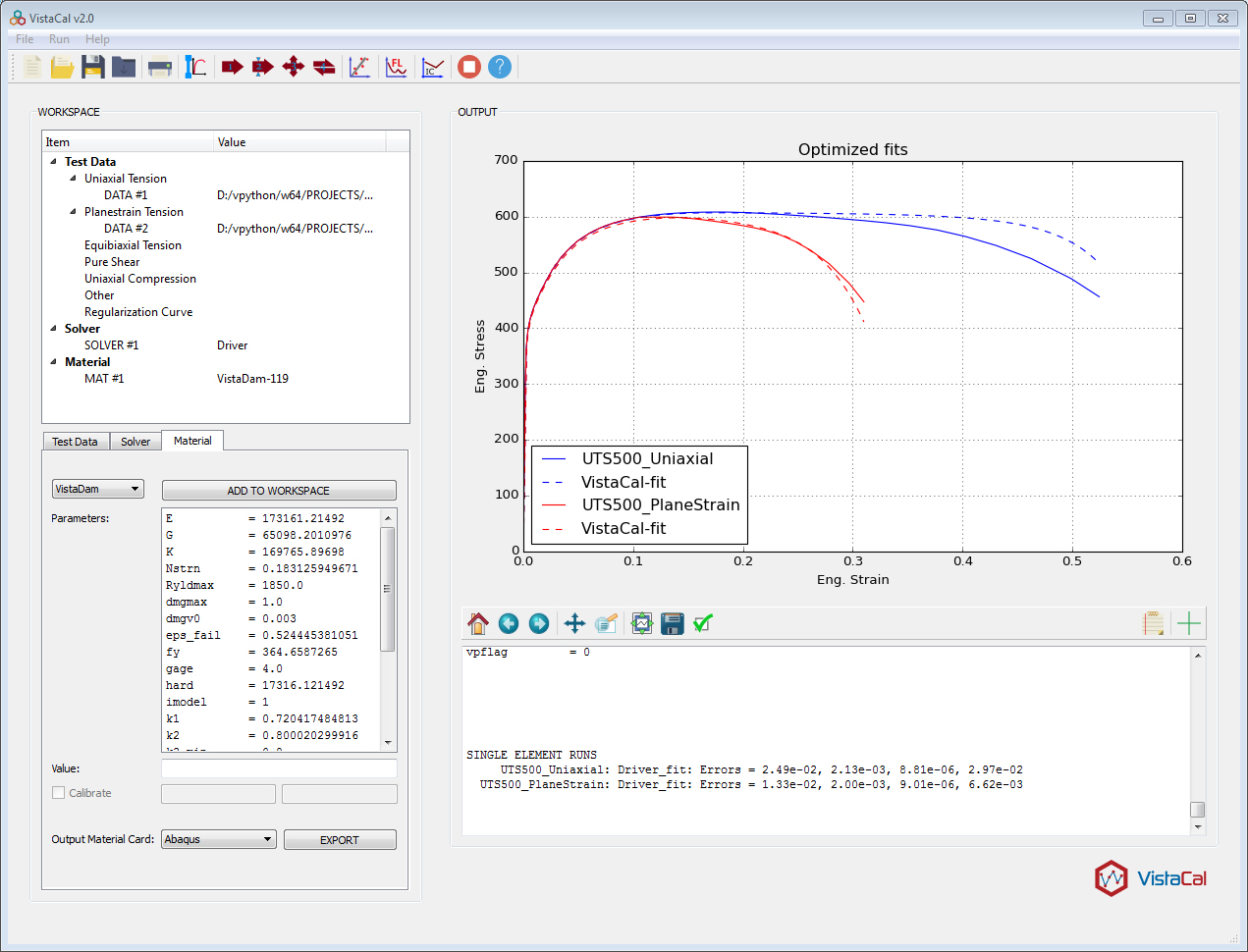Vehicle Lightweighting vs. Crashworthiness and Safety – Designer’s Dilemma
Does More Material Mean More Safety?
How heavy does a car have to be to be safe? The answer is in the mechanics of materials and structural components used in the design of the car. Before we delve into those topics, picture the following scenario:
A carpenter knows that a specific 2X4 stud has to hold up a certain amount of weight in the structure that he is building. Instead of doing the math to determine the optimal size and number of nails to use to attach the 2X4, the carpenter instead uses twelve 16-penny nails from a nail gun. The carpenter knows that 12 nails will hold the 2×4 for a long, long time. He also knows it’s overkill, but it will work. However, doing the math and physics calculations may have revealed that as few as two 16-penny or three 8-penny nails would successfully hold the 2×4 in place.

How Many Data Points Make an Accurate Material Characterization?
Automobile makers must test every type of metal used in the design and manufacture of any car to understand its response to impact, and other loads present during normal use of the car. For every test, the designer must answer the following questions:
- When will the material fail and under what stresses?
- How will the material behave before it fails?
- By “failure”, we mean the point at which the material loses its ability to carry the applied loads.
The answers to these questions provide the basis for determining the type of metals, as well as thickness and geometry of structural components the manufacturers use in building the car. Experimental testing is used to develop material models allowing detailed computer simulations using the Finite Element Method (FEM) of the manufacturing processes (e.g. forming) as well as virtual crash scenarios.

One of the goals of crash simulations is to maximize the efficiency of the vehicle structure in dissipating (or spending) the energy of a moving vehicle in a crash scenario while minimizing its weight and overall cost. Therefore, the more accurate the material characterization, the more efficient the vehicle structure is, which is achieved by use of the most appropriate materials and structural details.
Any FEM package has variety of different components, one of which is a material model. Material models are essential to determine stresses in the material caused by its deformation. One of the most popular and comprehensive material models used for crash simulations by the automotive industry today is called GISSMO. While GISSMO has the potential to be very accurate, the issue is that it requires 8 – 10 test data points (i.e. test cases) in order to attain the promised high level of accuracy.
Materials Testing is Expensive
A single test of each material that provides a discrete data point, along with data processing through digital image correlation costs approximately $1,000 – $1,500. So ten test data points for each material utilized in the design of an automobile is $15,000 (in addition, the test data needs processing that requires significant amount of time of a highly trained engineer). Multiply that number by the number of unique metal parts in just the frame of each car. The cost and effort is simply too much to do 8-10 tests for every part, so auto manufacturers typically use 1-2 data points (or tests). Then they use more material (i.e. heavier frames) than is necessary to offset the uncertainty in material behavior and to ensure that the vehicle safety standards are met. Just like the carpenter using more nails than needed or that are too large to hold a 2×4 in a wooden structure, except that the carpenter does it once. The complete vehicle design is used to manufacture hundreds of thousands of cars.
This results in manufacturing cars that are 10-20% heavier than they need to be in order to offset the material uncertainty. That means lower fuel efficiency and higher costs to the manufacturers and, ultimately, the consumer of the vehicle.

According to OICA, auto manufacturers rolled 94,976,569 off the production lines in 2016. The average car weighs nearly 4,000 pounds. That means there are 95 million possibly overweight cars produced this year.
What if the average car weighed 3,400 pounds and was just as safe than heavier versions of the same vehicle? Here’s how that can happen.
The Trend is Our Friend
Depending on the stress state, metals fail at different levels of strain. Test data allows investigation of this dependence. For most structural metals, this dependence follows the same trend, which can be visualized as a curve (failure strain as a function of triaxiality) or surface (failure strain as a function of triaxiality and Lode angle).
The reason GISSMO requires those 8-10 data points is that its formulation does not account for this underlying trend in material behavior. Instead, GISSMO requires that this trend be input by the user in the form of discrete data points obtained by testing, where each test provides a single data point. Given the complexity of the observed trends in ductile failure of metals, 8-10 tests are necessary to create a good representation of this trend. This additional effort and the cost associated with developing a proper curve is what leads to vehicle overweighting within vehicle manufacturers.
A Better Material Model: Physics-Based Data
We’ve created a better material model for the same applications: VistaDam. The key advantage offered by VistaDam is that the underlying formulation is physics-based. What does that mean?
We study known micromechanical failure mechanisms in metals under various loading conditions (tension, shear, compression) and describe them mathematically. This description results in a set of equations that accurately represent the general trends in material behavior including stress state-dependent failure. Since the model equations focus on the micromechanisms that cause the macroscopically observed trends in behavior, these trends are naturally falling out of the model.

That’s VistaDam: Physics-based model with equations describing the underlying micromechanisms of failure in metals and consequently accurately representing macroscopically observed trends in behavior including stress-state dependence of failure.
The Benefit – Fixing the Problem
Since VistaDam features a description of the underlying failure micromechanisms in metals, the macroscopic trend in behavior of metals naturally fall out of the VistaDam model. Thus the data points, which in GISSMO need to fully define the trend, are only used to ‘anchor’ the key features of the trend (i.e. define local maxima/minima). Thus, VistaDam can be calibrated with just three data points to achieve the same, or higher, level of accuracy than GISSMO with 8-10 data points.
The obvious solution would be to switch from using GISSMO to VistaDam (which is available as a user material for LS-DYNA). An alternative solution, would be to use the three data points (or tests) required to calibrate VistaDam, and then use VistaDam to calculate the material response under different boundary conditions. The results of these calculations would provide additional ‘virtual’ data points that can be used to calibrate GISSMO.
Sounds complicated and work intensive?
The entire process can be automated and organized into a software package that generates a GISSMO material card based on three data points required to calibrate VistaDam. This software exists, and it is called VistaCal.

Applied to the Real World
If a car manufacturer could reduce the weight of a car by up to 10-20%, what would that look like?
If the average car’s weight could be reduced by 15% of its curb weight of ~300kg (45kg of weight per car), the cost of materials for that car’s frame could be reduced by 15% of the cost of the frame. That’s 45kg of formed component at ~$2.50 each or $113/car. GM produced 10 million cars last year, so GM could save $1.13 billion annually.
This massive savings could be achieved by better use of the existing material data, which VistaCal with VistaDam software facilitates.
Please contact us to have a conversation about implementing VistaMat to complement GISSMO.
